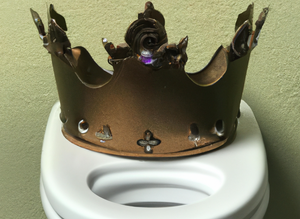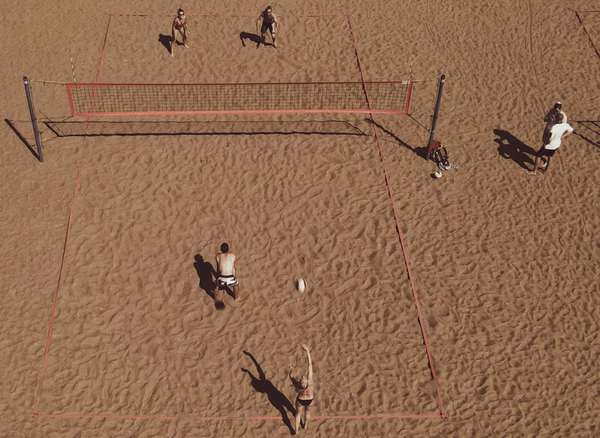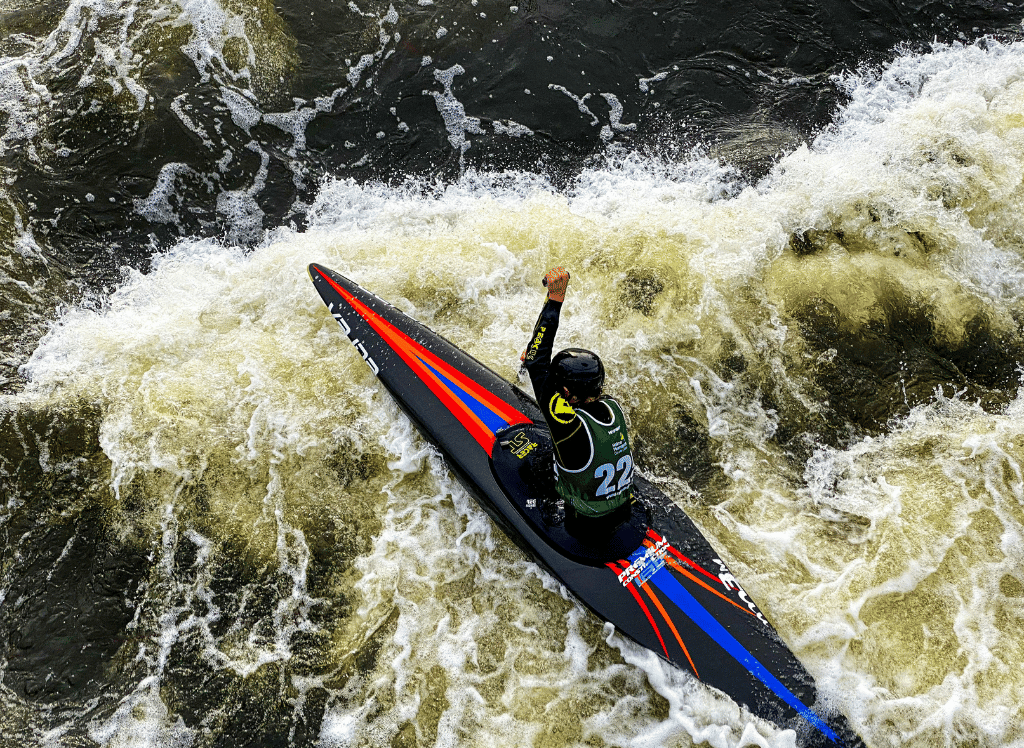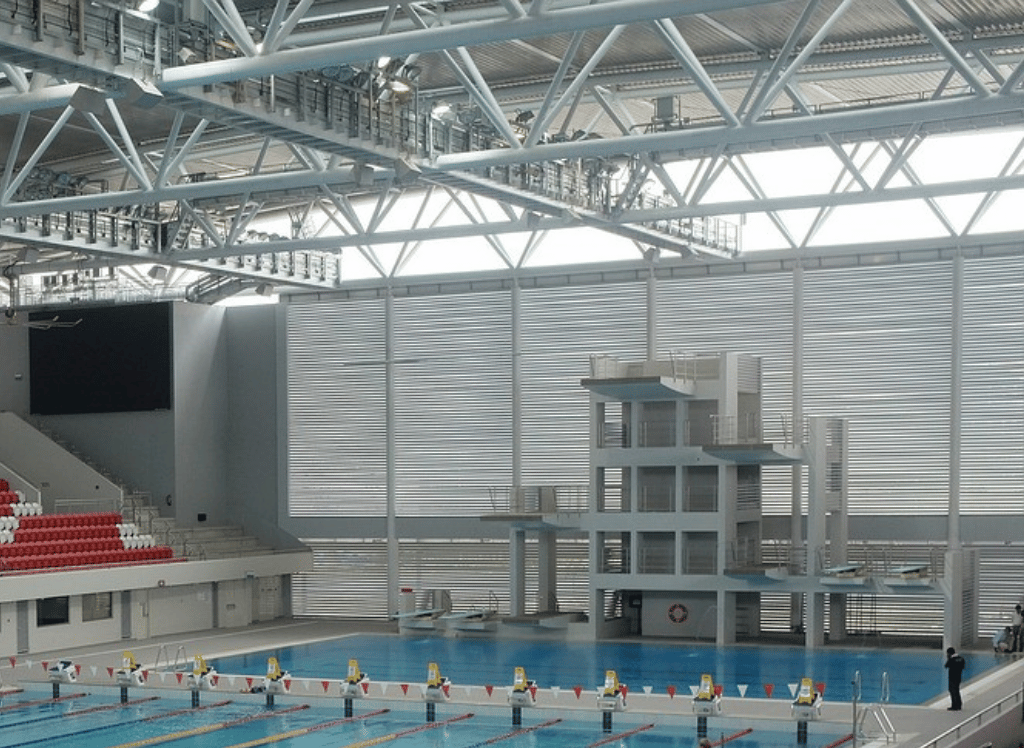When it comes to water polo pools, the depth is no laughing matter. The standard depth for a water polo pool is a minimum of 1.8 meters (~6 feet). This depth ensures that players cannot touch the bottom, making treading water a crucial skill. Imagine trying to play basketball while floating in the air – that's water polo for you!
For high-level sporting competitions like the Olympic Games, the depth can be even greater. The Paris Olympic pool for water polo is set for 3m (~9.9 feet). This depth is essential for allowing players to perform various maneuvers without the risk of injury.
Official Regulations and Dimensions
The World Aquatics, previously known as the International Swimming Federation (FINA), sets the official regulations that dictate the specific dimensions of water polo pools. These rules are designed to ensure that all pools used in official competitions meet the same standards.
The width of the pool is usually 20 meters, providing ample space for players to maneuver. The goal lines are set at each end, and the playing zone is clearly marked. These regulatory rules are crucial for maintaining the integrity of the sport and ensuring that all players compete on a level playing field.
Pool Water Temperature and Air Temperature
The temperature of the pool water is another critical factor in water polo competitions. The optimal pool water temperature is usually maintained between 25-27 degrees Celsius (77-81 degrees Fahrenheit). This range ensures that players can perform at their best without the risk of overheating or hypothermia.
Similarly, the air temperature in indoor pools is regulated to provide a comfortable environment for both players and spectators. The optimal air temperature is typically around 27 degrees Celsius (81 degrees Fahrenheit). This balance between water and air temperature is essential for creating a conducive atmosphere for high-level sporting competitions.
The Importance of Treading Water
Treading water is a fundamental skill in water polo. Given the depth of the pools, players must constantly tread water to stay afloat. This is no easy feat, especially when you're trying to catch, throw, and shoot a ball at the same time. It's like trying to juggle while riding a unicycle – challenging but impressive when done right.
Water polo players spend countless hours practicing their treading water techniques. This skill is crucial for maintaining balance and stability during the game. The ability to tread water effectively can make the difference between winning and losing in this demanding sport.
Water Polo Pool Depth FAQs
How deep is a water polo pool for the Olympic Games?
For the Paris Olympic Games, the depth of a water polo pool is set at 3 meters (9.9 feet) to meet the rigorous demands of the sport.
Are there different depth requirements for male and female competitions?
Yes, while the minimum depth is 1.8 meters for both, some female competitions may have slightly shallower pools to accommodate different playing styles and physical requirements.
What is the optimal pool water temperature for water polo competitions?
The optimal pool water temperature is usually maintained between 25-27 degrees Celsius (77-81 degrees Fahrenheit) to ensure players can perform at their best.
Summary
Water polo pools are designed with specific depth requirements to ensure fair play and safety. The standard depth is a minimum of 1.8 meters, with some competitions requiring depths of up to 2+ meters. As of 2023, the World Aquatics sets the official regulations and dimensions for these pools, ensuring consistency across all levels of play. The temperature of the pool water and air is also regulated to provide an optimal environment for players. Treading water is a fundamental skill in water polo, and players spend extensive time perfecting this technique.








